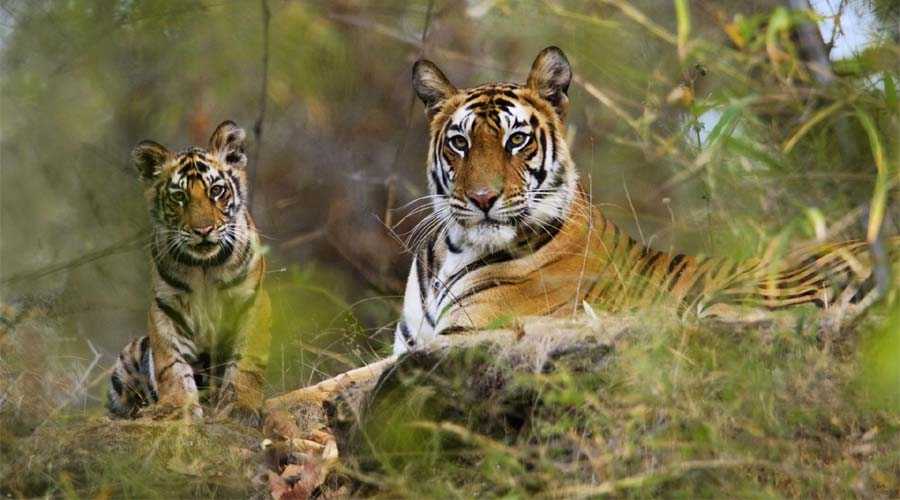Grand Canyon National Park is located in the northwestern part of the U.S. state of Arizona. This iconic national park covers an expansive area of approximately 1.2 million acres, encompassing the vast and imposing Grand Canyon itself—a steep-sided gorge carved primarily by the Colorado River. The park includes the canyon’s intricate system of tributary canyons, surrounding plateaus, and uplands. It represents one of the most spectacular geological landscapes in the world and a premier American natural wonder.
Location and Geography
Situated entirely within Arizona, Grand Canyon National Park lies in the Colorado Plateau region, a high desert plateau spreading across parts of northern Arizona and neighboring states. The canyon stretches for about 277 miles (446 kilometers) along the Colorado River, which carved its deep, layered walls over millions of years. The park spans parts of Coconino and Mohave counties. It includes both the North and South Rims of the canyon, with the South Rim being the more accessible and popular for visitors, accounting for the majority of annual tourism.
The South Rim is open year-round and is located near the town of Grand Canyon Village, close to the South Entrance. It is accessible by major roads and nearby cities such as Flagstaff, Williams, and Tusayan provide convenient gateways for tourists. The North Rim, which offers a different vantage point of the canyon with denser forested areas, is situated about 30 miles south of Jacob Lake, Arizona, and is open seasonally, from mid-May to mid-October. The West Rim of the canyon, while outside the official national park boundaries, is a well-known nearby visitor area managed by the Hualapai Tribe.
Significance and Features
Grand Canyon National Park is renowned not just for its immense size—reaching depths of over a mile (about 6,000 feet or 1,857 meters) and widths up to 18 miles (29 kilometers)—but for the exposure of nearly two billion years of Earth’s geological history visible through its colorful rock strata. These layers reveal the natural processes of sedimentation, uplift, and erosion that shaped the landscape. The park’s unique topography includes towering buttes, mesas, spires, and temples that create dramatic panoramic views.
The canyon contains a remarkable range of biological environments due to changes in elevation, ranging from desert at the bottom near the Colorado River to forests on the rims. This diversity supports a wide variety of wildlife and plant species.
Accessibility and Nearby Cities
The park’s South Rim is the primary hub for visitors, reachable via Route 64 from Interstate 40. It’s about 80 miles northwest of Flagstaff, Arizona, and about 60 miles north of Williams, Arizona. These towns serve as common starting points for trips to the park. Flagstaff also hosts an airport with commercial flights, making the Grand Canyon accessible for tourists from across the U.S. and around the world.
For visitors coming from Las Vegas, Nevada, the South Rim lies roughly 450 kilometers (280 miles) from the city, making it a feasible destination for a road trip through scenic landscapes, including part of historic Route 66.
Historical and Cultural Context
The Grand Canyon has been inhabited by Native American tribes for thousands of years and holds spiritual significance for many of them, including the Pueblo people. The land on which the park now sits includes the ancestral homelands of 11 modern tribal communities. The area was first declared a National Monument in 1908 by President Theodore Roosevelt, a key figure in its preservation, before being designated a National Park in 1919 under President Woodrow Wilson.
Since then, Grand Canyon National Park has become a symbol of natural beauty and conservation. It was recognized as a UNESCO World Heritage Site in 1979, attracting over 4.9 million visitors annually, who come to experience its breathtaking vistas, hiking trails, rafting excursions, and abundant wildlife.
Conclusion
In summary, Grand Canyon National Park is located in the northwestern region of Arizona, encompassing a massive section of the Colorado River canyon system. It is a world-renowned natural landmark celebrated for its vast geological formations, cultural heritage, and unparalleled scenic beauty. Whether accessed from the South Rim’s developed visitor facilities or the North Rim’s more remote landscapes, the park offers unforgettable experiences for millions of visitors every year, making it one of the most iconic destinations in the United States and the world.
